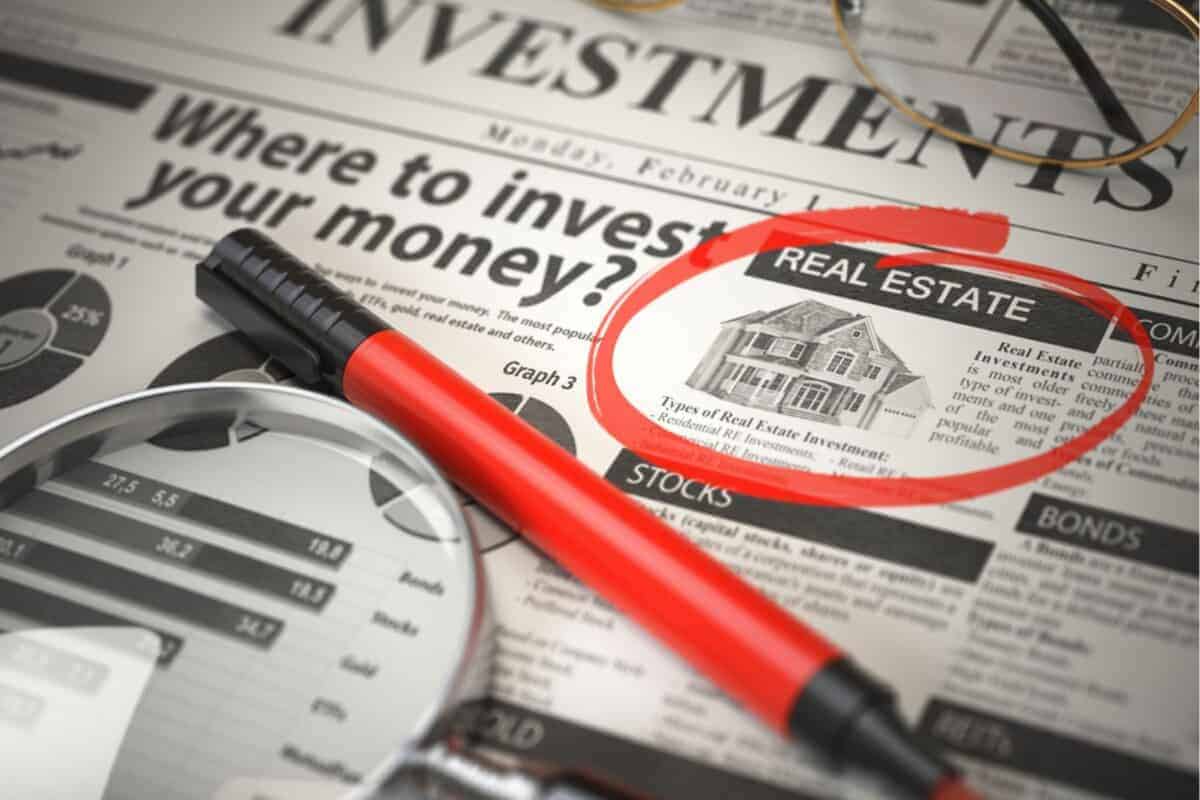Lower interest rates, high-demand developments, and lifestyle-focused rentals create prime opportunities for first-time buyers and long-term investors.

SA’s residential property market is entering a decisive chapter. After years of macroeconomic volatility, we are witnessing a convergence of forces that make this an unusually opportune moment for long-term property investment.
Interest rates are easing and a new wave of well-positioned, high-yield developments is redefining the landscape for investors and first-time buyers alike.
We’re seeing increased demand from a new generation of buyers: young professionals, remote workers and global investors who understand the structural value of location, convenience and long-term rental potential.
The SA Reserve Bank’s decision to lower the prime lending rate to 10.55%, following several consecutive cuts from its peak of 11.75%, has created a crucial affordability window.
For many would-be buyers, this means the difference between staying in a rental cycle and building equity in a long-term asset.
ALSO READ: First-time home buyer? Here are the answers to all your questions
It also signals a stabilising economic environment, giving developers greater confidence to launch projects that were previously on hold.
Lower rates are catalysing a wave of institutional investment into build-to-rent and mixed-use projects, particularly in areas with strong transport infrastructure and employment hubs.
The result is a dual advantage: higher potential rental yields and increasing asset values, especially in metros such as Johannesburg and Cape Town.
As hybrid and remote work models persist, the definition of a “prime location” is evolving.
Buyers and renters are seeking properties that offer both lifestyle benefits and logistical practicality – close to work, education, health care and retail.
ALSO READ: Inside DJ Black Coffee’s R157m Clifton villa, hot car collection… and THAT massive divorce payout
In Sandton, the demand for well-priced, high-spec apartments remains high, particularly in secure complexes that appeal to executives and corporate tenants.
Similarly, Midrand continues to offer compelling value due to its connectivity to both Johannesburg and Pretoria via the Gautrain and the N1 corridor.
The area has emerged as a middle-income rental hub, with gross yields averaging between 10% and 13%, supported by consistent tenant demand from nearby business parks and distribution centres.
A noticeable trend is the growing demand for purpose-built rental stock, designed from the ground up to meet the needs of modern tenants.
These aren’t traditional rental homes; they are integrated lifestyle precincts with on-site co-working, high-speed internet, gyms and communal spaces.
ALSO READ: KZN emerges as SA’s next property powerhouse
These developments are seeing strong uptake precisely because they cater to this new kind of renter: one who seeks flexibility without sacrificing quality.
This has also created an opportunity for investors looking for stability. Purpose-built rental properties tend to have lower vacancy rates and higher retention, particularly in professionally managed schemes.
As an investment class, they offer strong defensiveness in a volatile macro environment.
Sustainability is another driver of value. Increasingly, tenants and buyers are gravitating toward properties that offer green credentials, not just for environmental reasons, but for long-term savings on energy and water costs.
Our projects now routinely integrate green certification standards, solar-ready installations, metered back-up water systems, LED energy saving lights and water restriction sanitary ware.
ALSO READ: Has Cape Town become too expensive for South Africans?
In a market where utility costs continue to rise and municipal infrastructure is under strain, these features are essential. Investors should look at these as a hedge against operating risk and a signal of future-proof design.
For those considering entering the property market, conditions are aligned. Affordability is improving, strategic nodes are maturing and consumer preferences are shifting in ways that benefit smart, long-term investment.
My advice to prospective investors is simple: don’t just look at price. Look at placement.
Is the development within reach of major transport? Is it near employment centres, lifestyle amenities, or educational nodes? Does it offer flexible living options that appeal to a range of tenants?
The best investments now are those that anticipate where people want to live five or 10 years from now.
NOW READ: Is a Rolex really a better investment than property?






